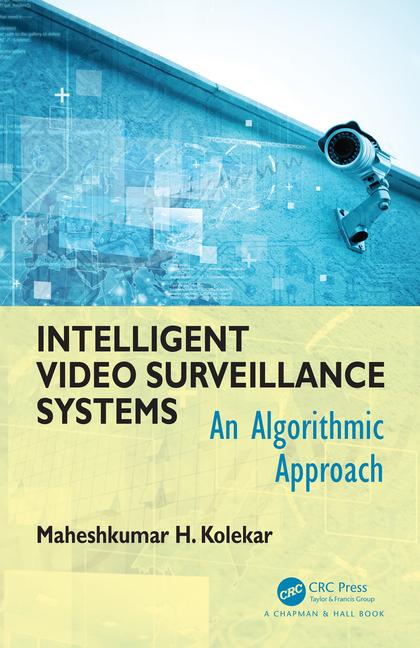The need to detect crime and other anomalies has driven the creation of ever-improving video surveillance systems, sensors, and other physical security components, enabling us to take appropriate actions as we see fit and follow events as they unfold.
For example, gunshot detection software provides security teams with alerts and corresponding video when a shooter walks into an office building and begins firing. However, people may be injured or killed before onsite security or local law enforcement intervenes.
Gunshot detection is a valuable security tool, but it’s better to detect that same gunman before a shooting begins and lives are lost. It can happen. New software is deterring an increasing number of incidents with the potential of causing harm to an organization’s people, assets, and reputation.
Criminal deterrence technology is gaining speed with advances in artificial intelligence-based software. Let’s look at several examples of new security deterrence solutions and what they offer.
- REAL-TIME WEAPONS DETECTION — Today’s AI-based software uses real-time surveillance camera feeds to recognize almost any shape, including guns. Within a few seconds of being recognized, subjects’ photos, precise locations, and weapons type are sent to onsite security or law enforcement. Each identified weapon advances a counter within the user interface, helping the security team know how many people and weapons are involved. The software provides an opportunity to confront potential shooters before anyone is hurt, while easily integrating with existing cameras and analytics technology such as a PSIM or VMS, without additional hardware. Next spring, fans attending a Baltimore Orioles game at Oriole Park at Camden Yards will pass through a new portal using low-energy radar with 3D imaging and artificial intelligence to spot hidden weapons.
- FALSE ALARM REDUCTION — Other AI-based software helps monitor large surveillance systems’ overwhelming quantities of video. The software is trained to alert a monitoring staff to events involving humans or vehicles. Monitoring stations benefit, as the software eliminates more than 90 percent of false alarms caused by non-threatening events like wind-blown foliage or stray animals. False alarm reduction enables monitoring operators to spend more time handling true events.
- SECURITY ROBOTS — Autonomous security robots, equipped with video cameras and highly sensitive microphones, analyze events using artificial intelligence. For instance, a robot immediately detects a car door slamming during the night and quickly locates the source and location of the sound before notifying human guards or monitoring personnel to possibly deter a potential crime. Another benefit of robots is their ability to complete repetitive tasks, freeing humans to handle strategic decisions and enforcement work.
Training software to recognize specific shapes, even colors, is tedious and labor-intensive. Neural networks within AI-based software “learn” in much the same way as a human brain. The networks are exposed to thousands or millions of photos of people and objects in various environments. During testing, human programmers quickly correct mistakes and, over time, the software’s accuracy improves. There’s another benefit — the software continues learning after deployment. Also, AI software is beneficial for forensic investigations. Meta-based attributes search multiple cameras, looking for event-related activity, even tracking a subject’s movement across many cameras.
Artificial intelligence is and will continue making tremendous advances in all sectors of society. As security professionals, we’re far from being able to deter all crimes. Yet, with AI technology monitoring audio, video, complex behavior, and past criminal statistics, we are getting much closer to predictive analysis that helps any organization meet its responsibilities to employees, vendors, and visitors.









